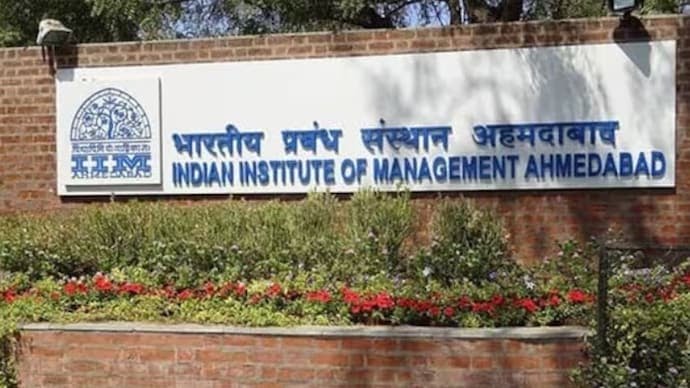The Indian Institute of Management, IIM Ahmedabad (IIMA) has released a new report assessing the status of women’s empowerment in India. Released by IIMA’s Gender Centre, the report aligns with Sustainable Development Goal 5 (SDG 5) on gender equality and focuses on variations at the district level.
Titled ‘Women’s Empowerment at the Subnational Level: Towards Achieving Gender Equality (SDG 5)’, the report introduces the Women Empowerment Index, offering an in-depth analysis of women’s empowerment across India. It provides fresh data and insights aimed at advancing gender equality in different regions of the country.
KEY FINDINGS OF THE REPORT
Of the sample of 705 districts, 67.5 percent of districts report women empowered in decision-making and mobility. There has been an increase in women’s involvement in decision-making, particularly regarding their healthcare, household purchases, and how to spend their spouse’s income. The percentage of women who make decisions either alone or jointly with their partners has grown.
The percentage of women who have ownership of their asset (land or house) alone or jointly with their partner has also increased from 29.09% in NFHS-4 to 35.00% in NFHS-5.
Although women’s literacy rates have increased, only 46.1% of districts reported educational empowerment, and women respondents in just 32.25% of districts felt that they were able to achieve work-life balance, highlighting ongoing challenges with unpaid domestic work.
Higher education: The average number of women completing higher education increased from 11.43 per 100 women in NFHS 4 to 14.42 per 100 women in NFHS 5. But primary and secondary education didn’t show very significant differences.
Furthermore, interest in mass media has also surged from 69.12% in NFHS-4 to 76.24% in NFHS-5, with more women engaging with various forms of media, indicating greater exposure to mass media (listening to radio, watching television, and reading newspapers).
Despite some positive trends, such as increased higher education and greater engagement with mass media, Professor Deodhar emphasised that true gender equality would require men to share household responsibilities to improve women’s workforce participation.
Professor Vemireddy noted the report’s potential to offer a replicable, data-driven approach to tracking and enhancing local-level progress on SDG 5.
The report launch was accompanied by a panel discussion on women’s workforce participation, featuring notable speakers from the Zydus Foundation, International Rice Research Institute, Dayal Group, and the CII Centre for Women’s Leadership. Additionally, the Gender Centre held a dialogue on empowering rural women in India’s agri-food system, aiming to explore solutions for the challenges faced by women in these sectors.
The report offers valuable data and insights that not only measure progress but also serve as a roadmap for future interventions to advance women’s empowerment across India. By analysing district-level data, this study provides policymakers with the necessary tools to implement more effective, localised strategies to achieve gender equality.



